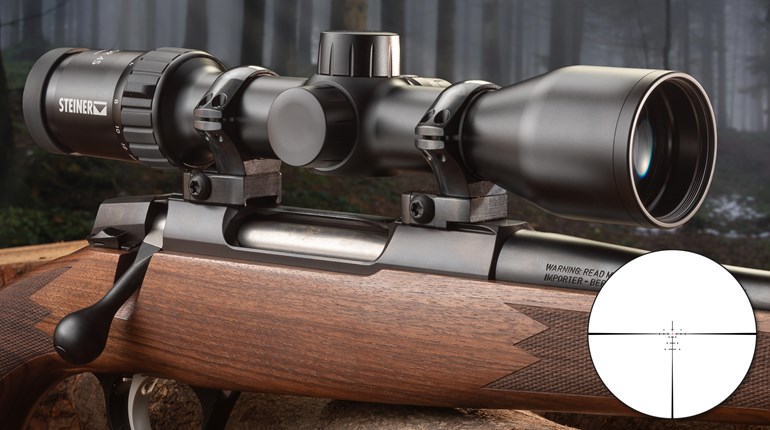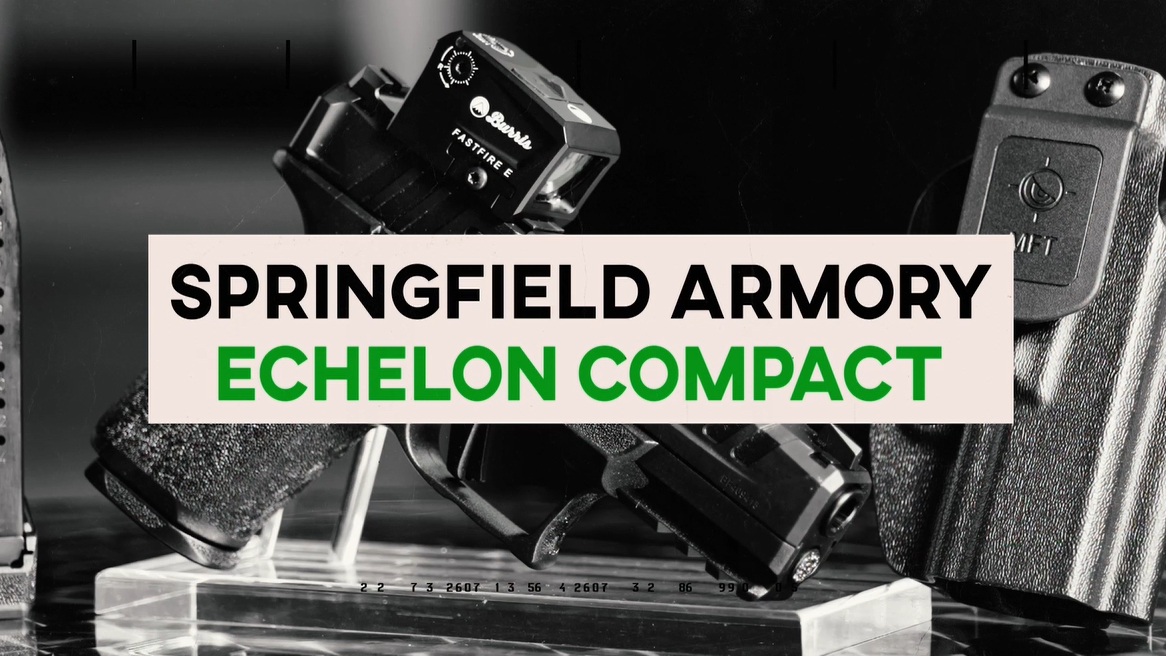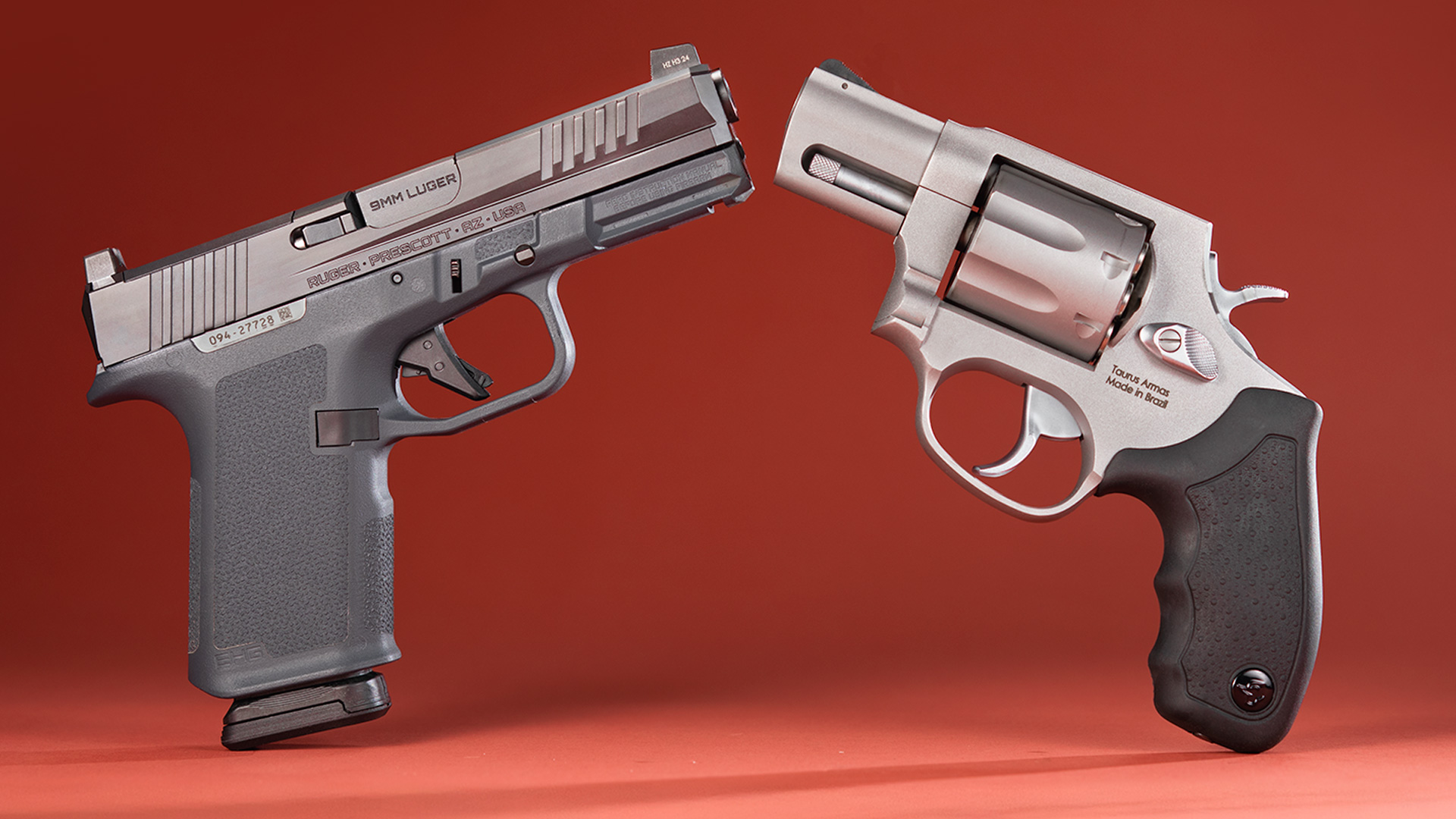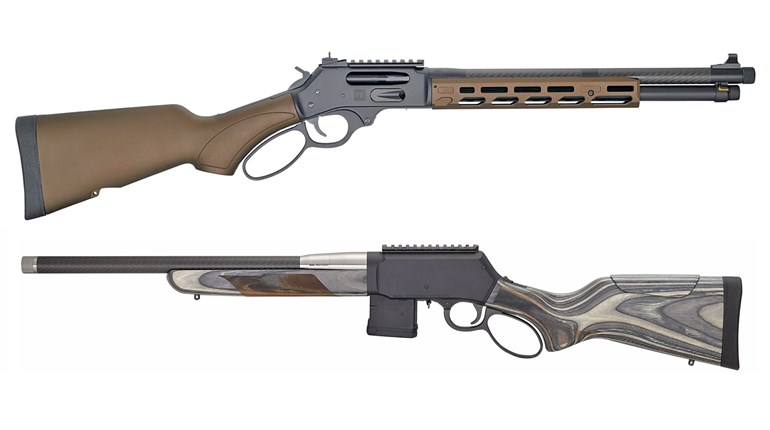
Rifle shooters have long sought to push the boundaries of distance and accuracy. As near as I can tell, the explosion of interest in long-range-shooting disciplines over the past 17 years correlates directly with our country’s ongoing wars in the Middle East. The first grains of Afghani sand had scarcely worked its way into our gear when it became painfully clear that our long-range, precision-shooting capabilities were not up to snuff. Our big .50 BMG rifles had distance and payload but lacked accuracy and portability. While military-issue 7.62 NATO and .300 Win. Mag. rifles were easier to tote, they wore insufficient optics, fired medium-range ammunition and lacked much-needed accessories. Efforts began in earnest to fix those deficiencies, resulting in the development of better rifles, cartridges, optics and training in the years since.
Today’s military snipers and designated marksmen push their precision fires far beyond what was considered practical just a few years ago. The subsequent rise in popularity of long-range competitions like PRS, F-Class and independent sniper competitions was a natural spinoff of these martial efforts. Companies catering to distant shooters continue to bring new products to market, making it easier and more affordable for the average rifle shooter to get into the game, too. Tract Optics of Hummelstown, PA, is a relative newcomer to the optics industry, and appears to be aiming specifically for this latter group with its Toric UHD 30 mm riflescope.

The Toric UHD line features two models that differ only in their reticle subtensions and adjustment-knob increments. The MOA model employs a minute-of-angle subtended reticle and corresponding .25-MOA windage and elevation adjustments. I tested the MRAD model, which has a milliradian-based reticle and matching knob increments of .1 mil.
I usually mount a test scope on at least two rifles, testing over the course of a couple weeks to get a feel for its strengths and weaknesses. However, in the Toric’s case, my sample optic found its way onto a total of 15 rifles over the course of several months. Test platforms ranged from an 8-inch-barreled SBR to a 22-inch-barreled precision rifle, with most bases covered in between. I used every bit of the scope’s generous 4 inches of eye relief on the wide variety of platforms, always obtaining target images that were clear across the entire field-of-view. I did find the diopter focus ring (on the rear of the eyepiece) to be difficult to adjust, even after extended use. Fortunately, one can usually set eyepiece focus and forget about it until the eyes weaken.
Click-adjustments were crisp, and consistently tracked true for windage and elevation. Nicely sized knobs incorporate a pull-to-unlock design that is both easy to use and important on an optic with tactical world potential. While the knobs stay out in this position, they lock back down with very little effort. The scope comes with a zero-stop ring that can be placed inside the elevation turret, just under the knob. Zero stops are particularly useful for shooters who prefer to dial in elevation corrections, but desire a mechanical stop point at one’s zero. When in place, no eyes are needed nor clicks counted to know you’re back where you started. The zero stop was easy to install—I did it in about a minute without consulting the downloadable-PDF instructions.
The Toric’s mil reticle subtends in .5-mil increments on all four stadia lines out to the 6-mil mark. Below center, these half-mil marks extend all the way to 10 mils, with 8 of those mils visible at 20X magnification. The side and top stadia switch to .1-mil increments between 6 and 9 mils, providing a scale for precise ranging measurements without cluttering the center of the reticle. Line thickness was perfect for my half-century-old shooting eye, but it might be a touch thin for older eyes.

Fortunately, both of the Toric 30 mm scopes have first-focal-plane reticles, so line thickness increases as you zoom to higher magnification. My only complaint about the reticle is the lack of wind-hold markings below the horizontal stadia line. Long-range tactical shooters have grown accustomed to using reticle wind holds during the past couple of decades. It is a faster way to compensate for wind during rapid engagements and also provides a tool for quick, second-shot corrections. Lacking those marks, the shooter must choose between either dialing in their windage corrections or holding left or right in open space and estimating wind holds based on the horizontal stadia’s mil marks high above. I realize that scope manufacturers are often caught between running the risk of patent infringement suits when designing new reticles or paying exorbitant royalties for licensed reticles. Hopefully Tract Optics will come up with a better long-range reticle solution for hold-over shooters.
A left-side-mounted rheostat provides 11 brightness levels that cover the gamut from dusk/dawn lighting to the brightest daylight. Setting the scope’s zoom at 4X allowed me to easily acquire the fully illuminated reticle for hasty shots at closer ranges. The entire mil portion of the reticle illuminates, so all mil (or MOA) markings are usable in low light. The rheostat has “off” positions between each setting, allowing the shooter to leave it one click away from their preferred setting. A single CR2032 battery powers the reticle
and is contained under the knob’s coin-slotted cap. The rheostat is situated as the smaller, inside portion of a two-piece knob mounted on the scope’s left side. The outer ring functions as the parallax adjustment and sits closer to the main body.
The Toric’s power-adjustment ring was easy to manipulate through the full zoom range, but not so much that I worried it would get moved inadvertently. An add-on throw-lever option is offered for competitors wanting to trim every fraction of a second possible off their engagement times. Other accessories available from Tract include mounting ring sets, a bubble level, Tenebraex flip-open covers and receiver rails for Remington 700 short- and long-action platforms. You will likely want to replace the flimsy plastic shipping caps that come with the riflescope. Gravity alone pulls them off, and they do not hold up well underfoot.
Image clarity comes up often in precision-optics conversations. Tract describes the Toric’s “Ultra High Definition” optical system as having extra-low-dispersion lenses and Schott high-transmission glass. That sounds like advertising gibberish, but it translated to excellent edge-to-edge clarity in all directions with bright, clear target images in my test optic. I tested it alongside other long-range scopes, and the Toric’s image quality was better than anything else I had on hand, including two big-brand scopes that cost more than twice as much as the Toric. Several range sessions were accompanied by rain and copious humidity. Of all optics present—spotting, aiming and ranging—the Toric maintained the best visibility.
Overall, the Toric UHD 30 mm is a good option for those rifle shooters who are in need of a riflescope capable of extending their accurate shooting distances. Not only is it a functional scope, its one-piece tube looks good in a matte-graphite finish that lends itself to blending in with multiple paint schemes and environments. I would have no qualms about putting Tract’s long-range offering up against similar scopes from big-name competitors.






































